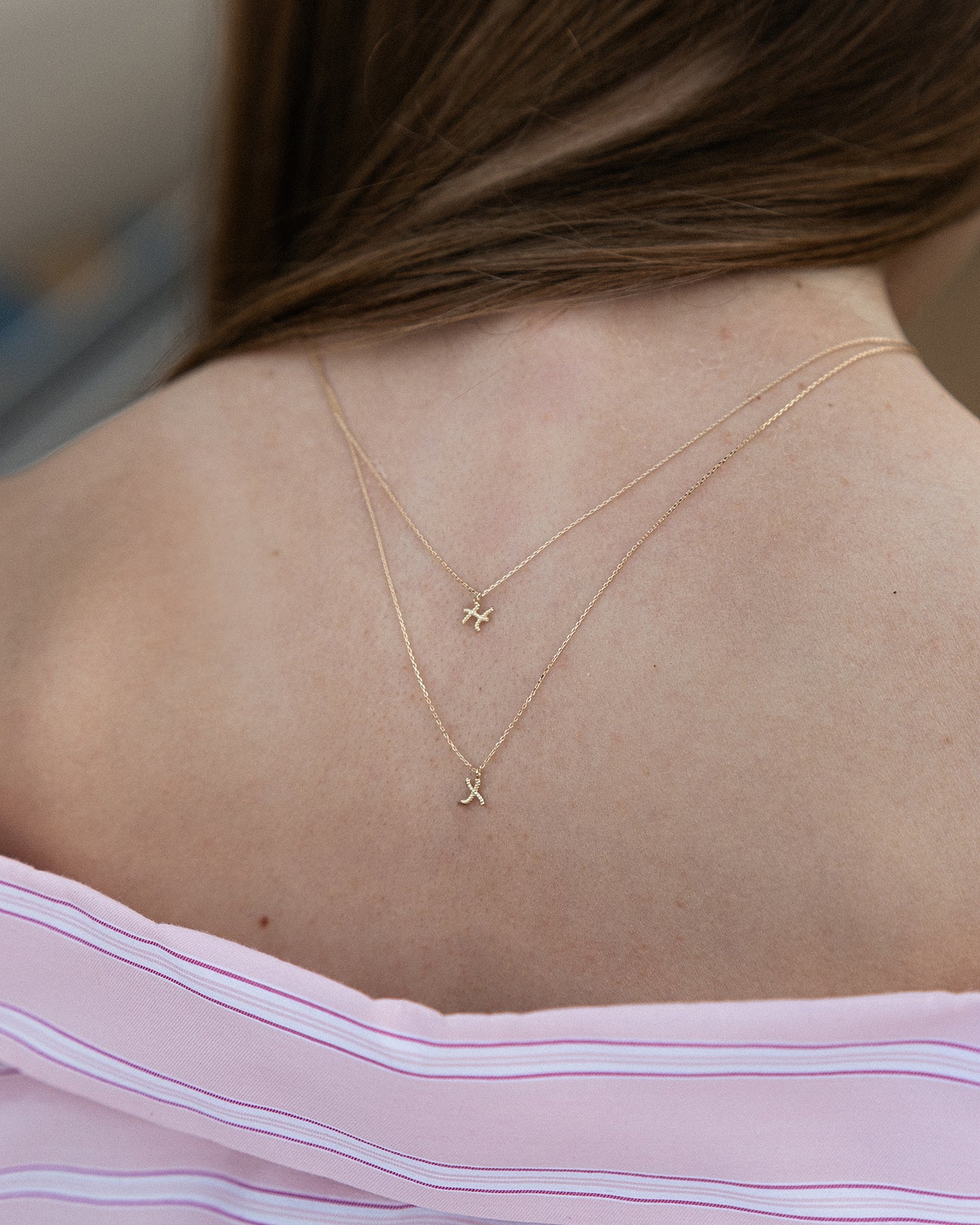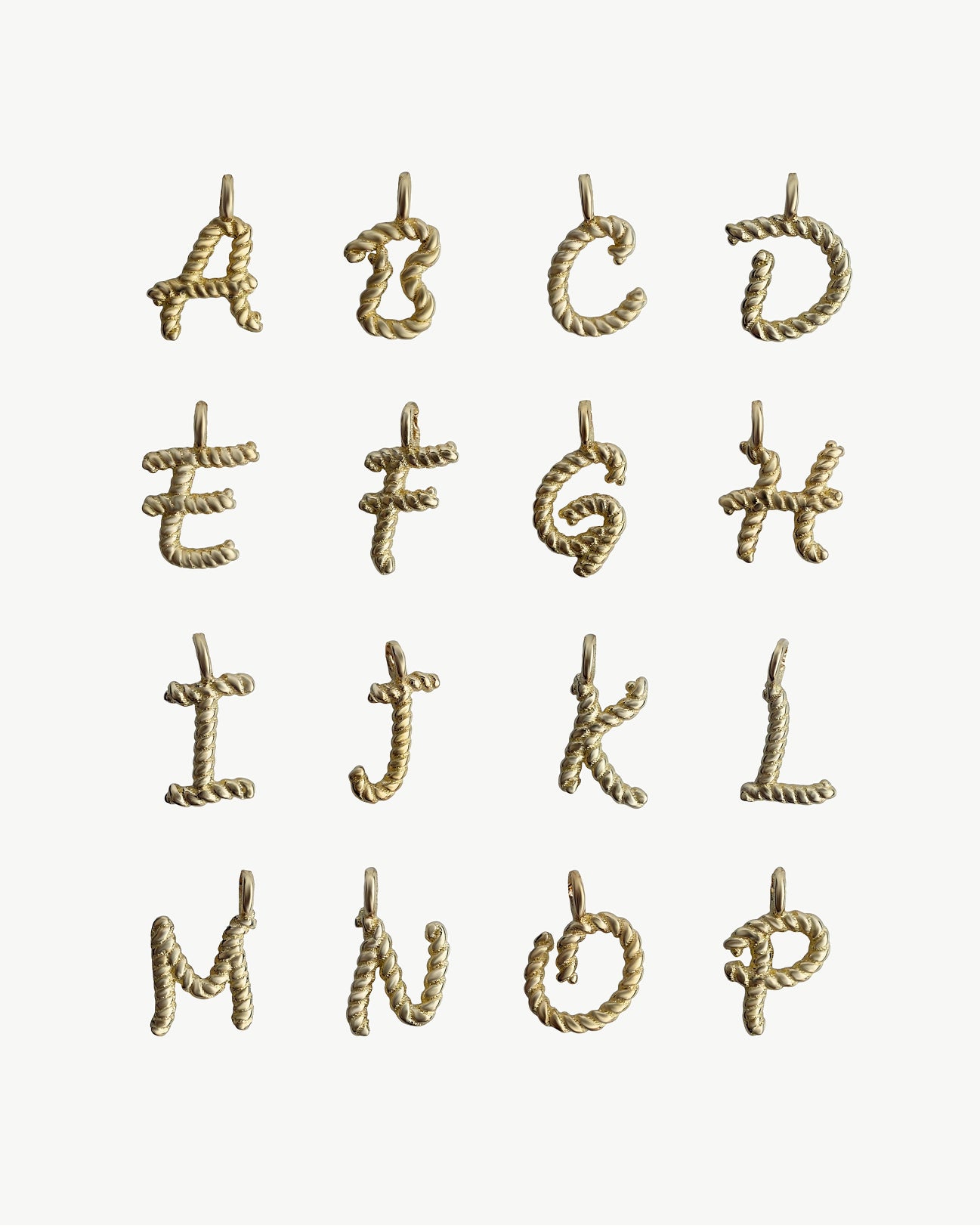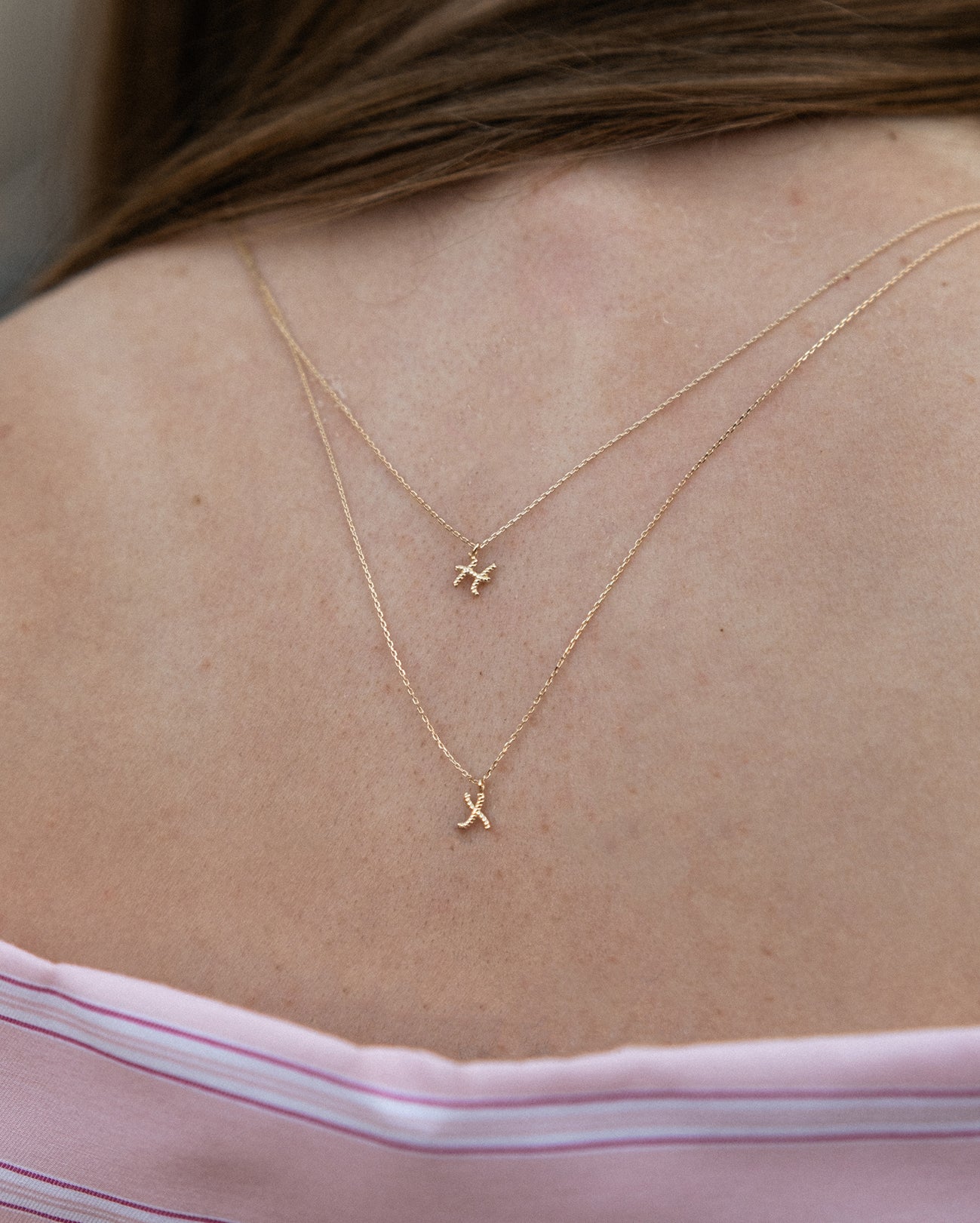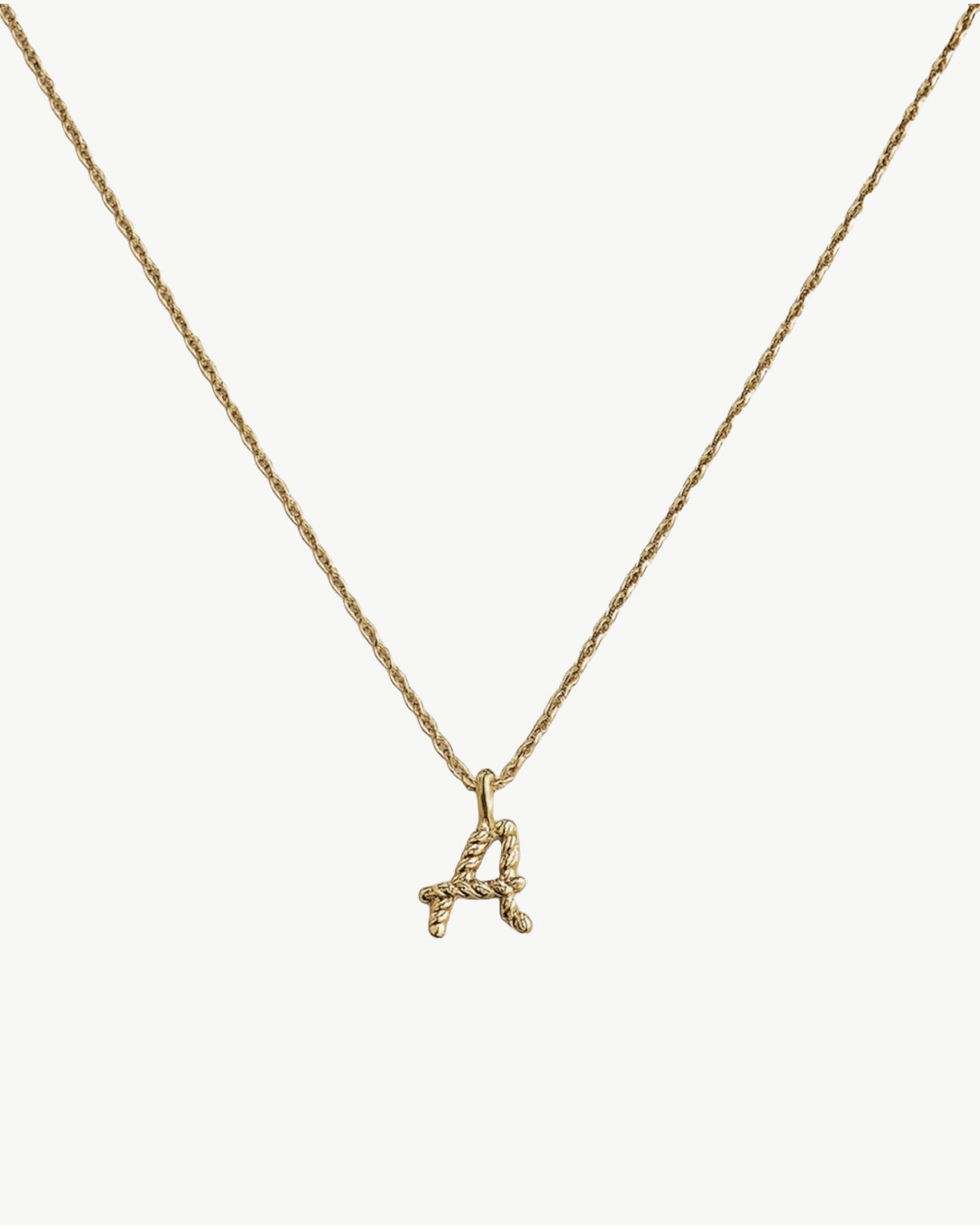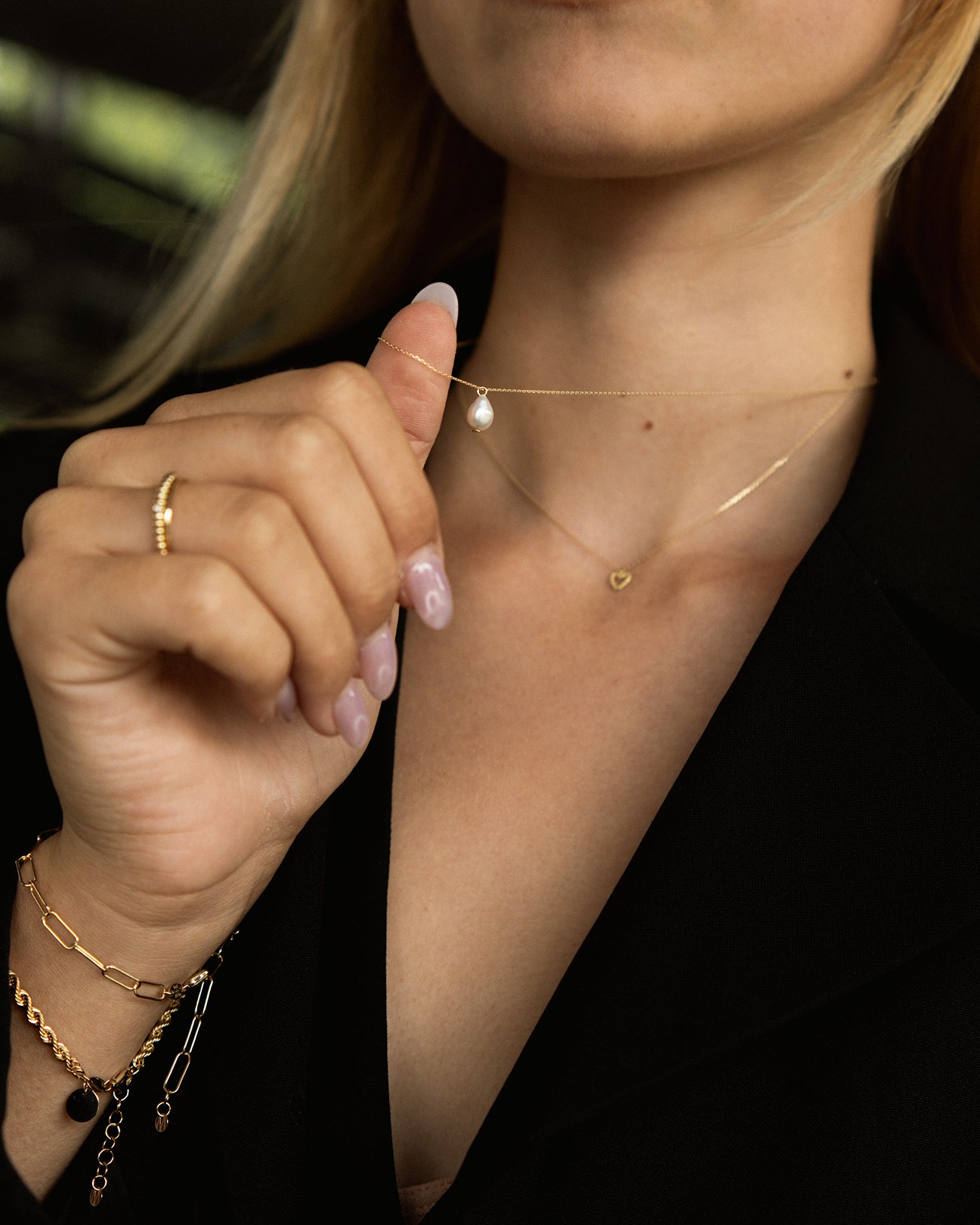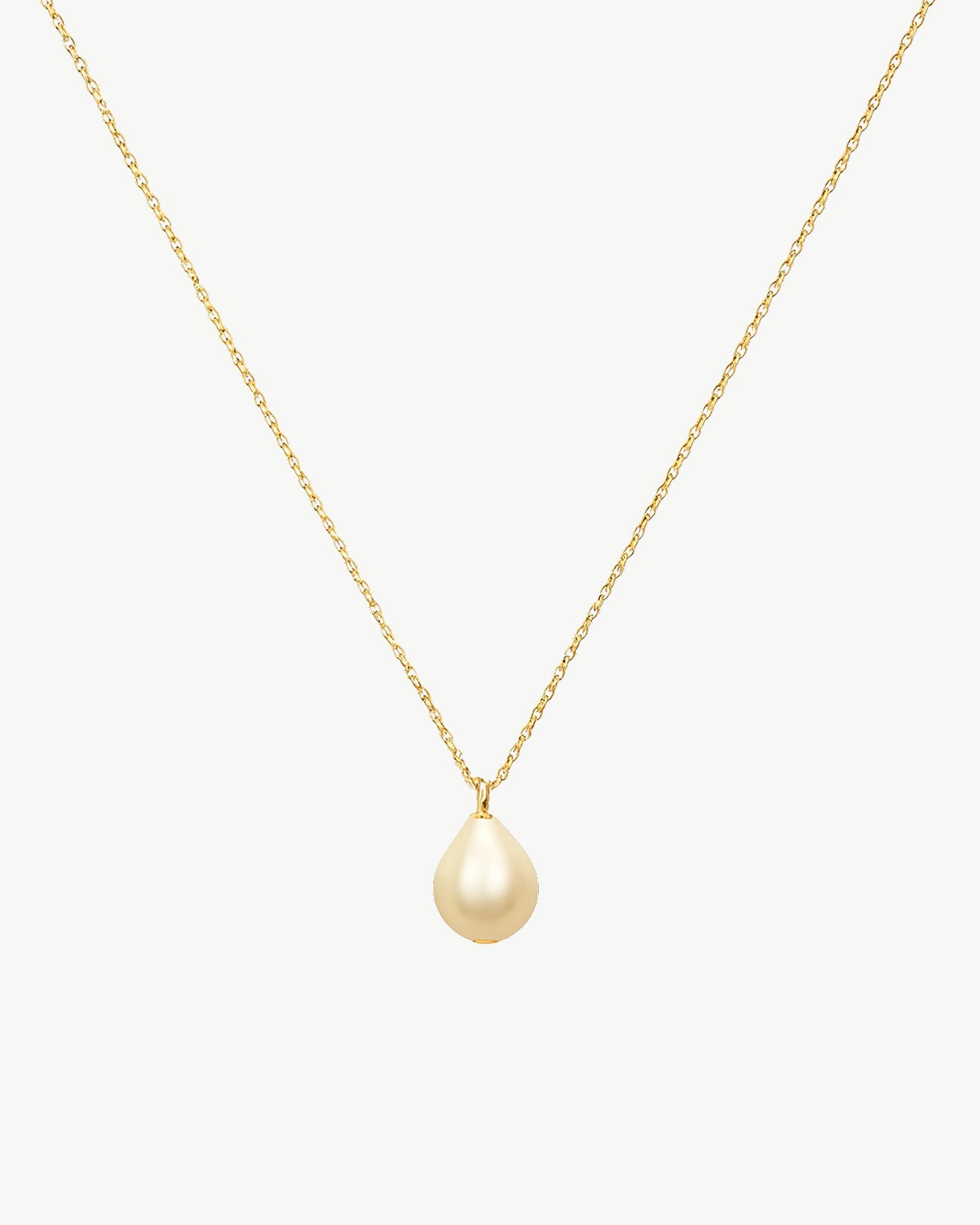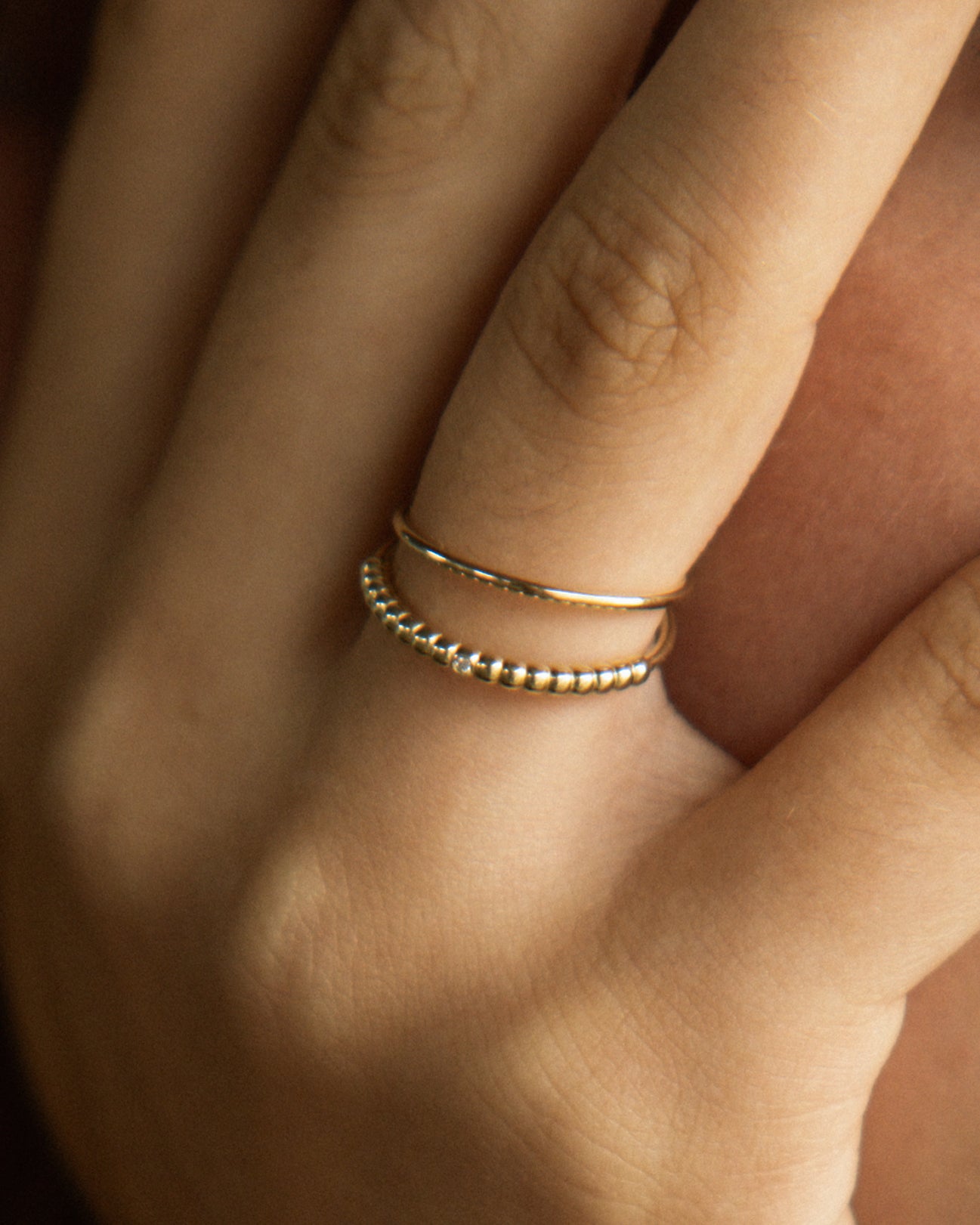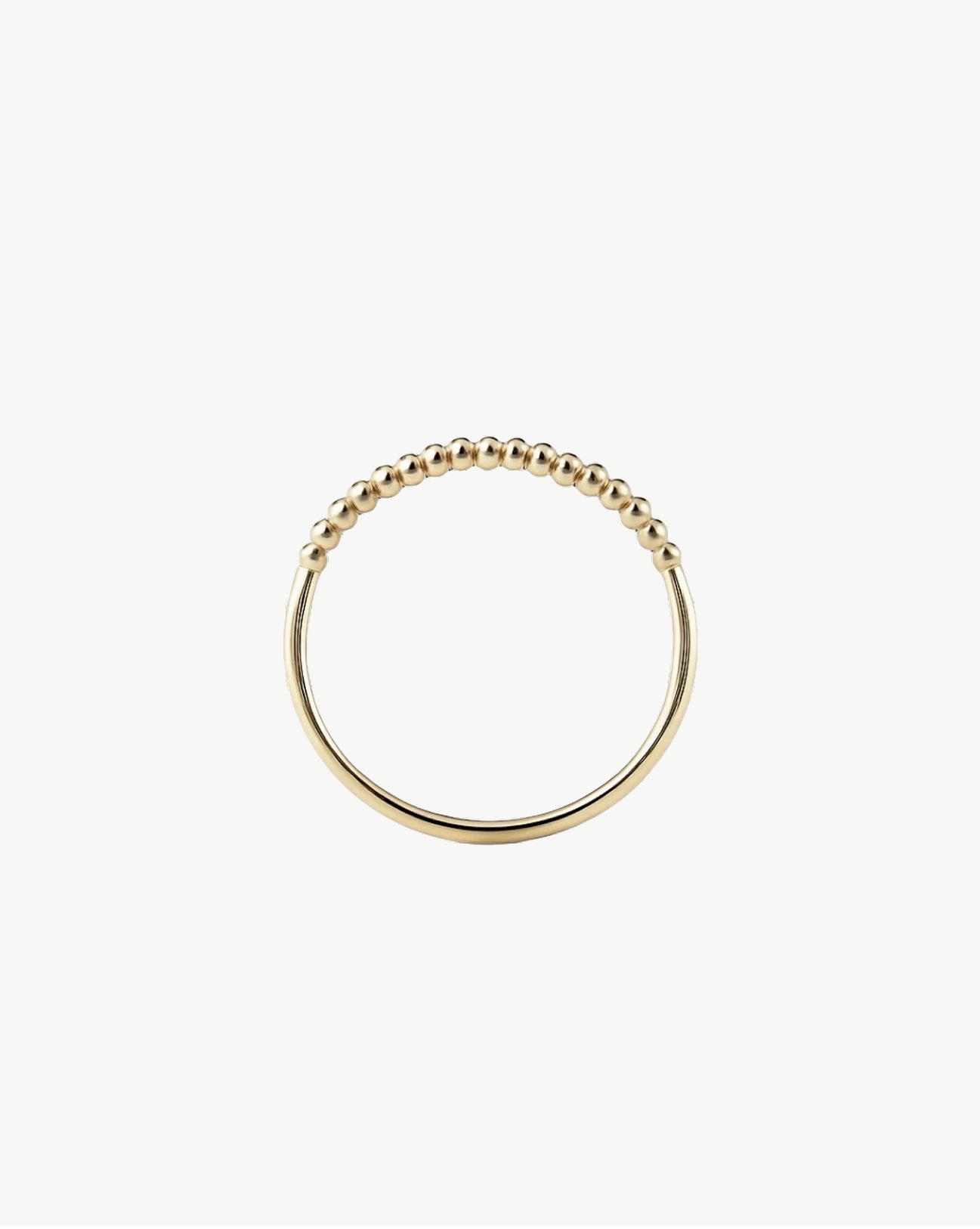Diamonds are considered the gold standard in fine jewelry for a reason. Scoring a perfect 10 on the Mohs scale of hardness, they are the most durable gemstone available and nearly impossible to scratch. Their brilliance, clarity, and fire are what all other stones are compared to.
Whether natural or lab-grown, diamonds have a crisp, sparkling finish that never goes out of style. They’re also incredibly versatile, equally suited for engagement rings, everyday pieces, and heirlooms meant to be passed down.
The downside? Price and sourcing. Natural diamonds are expensive and often come with concerns about mining ethics. That’s why many shoppers today are exploring more sustainable and accessible alternatives.
What Makes a Good Diamond Alternative?
When selecting a diamond alternative for fine jewelry, several factors matter more than just appearance.
- Hardness: A higher rating on the Mohs scale means better scratch resistance
- Clarity: Stones that stay clear over time, rather than going cloudy
- Brilliance: The sparkle or "fire" when light hits the surface
- Ethical origins: Preference for lab-grown or responsibly sourced materials
- Affordability: A lower price point that doesn’t sacrifice quality
Some gemstones shine in all of these areas, offering a long-term, low-maintenance solution for everyday jewelry.
Moissanite - The Closest Thing to a Diamond
Mohs hardness: 9.25
What makes it great: Strong, brilliant, lab-grown
Moissanite is often considered the leading alternative to diamonds. Originally discovered in a meteorite, this gemstone is now lab-created and known for its exceptional sparkle and clarity. It actually reflects more fire than diamonds, giving off rainbow flashes in bright light.
It's also highly durable, resistant to scratching, and suitable for everyday wear. Moissanite is especially popular in engagement rings thanks to its brilliance and ethical production.
White Sapphire – Understated Elegance
Mohs hardness: 9
What makes it great: Naturally durable, soft sparkle
White sapphires are natural gemstones that offer a refined alternative to diamonds. They don’t flash with the same fire, but their clean, clear look makes them an excellent choice for someone who prefers subtle shine over bold sparkle.
These stones can appear slightly milky in some lights, giving them a soft, romantic quality. They’re long-lasting and more affordable than diamonds or moissanite, making them ideal for fine jewelry that blends timeless style with everyday practicality.
Topaz – Affordable, Durable, and Beautiful
Mohs hardness: 8
What makes it great: Versatile tones, great value
Topaz offers a quiet brilliance that’s especially appealing in minimalist designs. Available in various shades including icy white, pale blue, and peach, topaz is elegant and durable enough for daily wear. It doesn’t have the fiery sparkle of moissanite or diamond, but it provides clean, luminous shine that doesn’t fade.
White topaz, in particular, is often used as a diamond alternative in delicate solid gold settings. Its natural origin and affordability make it a strong contender for anyone building a fine jewelry collection on a budget.
Why We Don’t Use Cubic Zirconia
Mohs hardness: About 8
Why it falls short: Clouds easily, doesn’t last, lacks depth
Cubic zirconia (CZ) is often found in costume jewelry because it’s inexpensive and easy to produce. It looks similar to a diamond at first glance, but lacks depth and brilliance. Most importantly, CZ tends to become cloudy and scratched with regular wear, often within just a few months.
Because it doesn’t hold its clarity or value over time, it’s not considered suitable for fine jewelry. At MUSE of My Own, we never use CZ in our designs. We want every piece to stay beautiful for years, not just the first few wears.
What About Lab-Grown Diamonds?
Mohs hardness: 10
Why they’re rising in popularity: Identical to natural diamonds, but more ethical
Lab-grown diamonds are not imitations. They are chemically and visually the same as mined diamonds, created under controlled conditions to avoid the environmental impact of mining.
These diamonds offer all the beauty and strength of a natural diamond, but at a lower price. They are also conflict-free, making them an excellent choice for conscious buyers.
| Stone | Sparkle | Hardness | Long-Term Clarity | Ideal For |
|---|---|---|---|---|
| Diamond (natural or lab) | Very High | 10 | Excellent | Investment pieces, heirlooms |
| Moissanite | Very High | 9.25 | Excellent | Daily wear, engagement rings |
| White Sapphire | Moderate | 9 | Very Good | Minimalist or classic styles |
| Topaz | Moderate | 8 | Good | Affordable, refined designs |
| CZ | Low (over time) | ~8 | Poor | Occasional or fashion jewelry |
Why We Choose Carefully
At MUSE of My Own, we’re selective about the stones we work with. We aim to create pieces that you can wear every day, for years, without worrying about fading sparkle or fragile settings.
We choose stones like topaz, sapphires, diamonds, and moissanite because they offer the perfect balance of beauty, durability, and ethical sourcing. No shortcuts, no fillers, no compromises.
Fine solid gold jewelry should last. That’s the standard we design for.
